There’s something magical about baking your own sourdough bread at home. The smell, the texture, the first warm bite—it all feels like a cozy hug from the oven. When I first started baking sourdough, I had no idea how much it would change my kitchen life. And now? I’m here to share this joy with you.
If you’ve ever dreamed of pulling a golden, crusty, crackling loaf out of your oven, this is the recipe that will get you there. It’s the bread that makes the kitchen smell like love and makes every sandwich taste gourmet. So let’s get into it, my friend!
💖 Why You’ll Love This Best Homemade Sourdough Bread Recipe
Perfect Texture
What sets this sourdough apart? That unforgettable contrast between the shatteringly crisp crust and the pillowy, chewy interior. It’s like biting into a fresh dream.
Natural Fermentation
Made with just starter, water, flour, and salt, this bread is a celebration of wild fermentation. No commercial yeast here – just nature doing its beautiful thing.
Simple Ingredients
There are no fancy tools or hard-to-find ingredients involved. Just real food and real heart.
Beginner-Friendly Method
You don’t need to be a professional baker. This is your cozy, no-stress guide to creating your first (or best!) sourdough loaf.
🍣 Ingredients Needed for Best Homemade Sourdough Bread Recipe
| Ingredient | Amount | Notes |
|---|---|---|
| 🍞 Active Starter | 50–100g (1/4–1/2 cup) | Bubbly and fed |
| 💦 Warm Water | 375g (1 1/2 cups + 1 tbsp) | Filtered if possible |
| 🌅 Bread Flour | 500g (4 cups + 2 tbsp) | Can mix with whole wheat |
| 🌿 Fine Sea Salt | 9–12g (1.5–2.5 tsp) | Brings out flavor |
- Feel free to experiment with different flours whole wheat sourdough bread!
- Save leftover starter for sourdough discard banana bread or sourdough discard sandwich bread.
⏱️ Step-by-Step Best Homemade Sourdough Bread Recipe
1. Mix the Dough 🍞
In a bowl, mix the starter, warm water, flour, and salt into a lumpy dough—don’t worry, it’s supposed to look like that! Let it chill for 30 minutes. Now, give it some fancy stretches and folds. I’m talking yoga for dough here 🧘♂️!
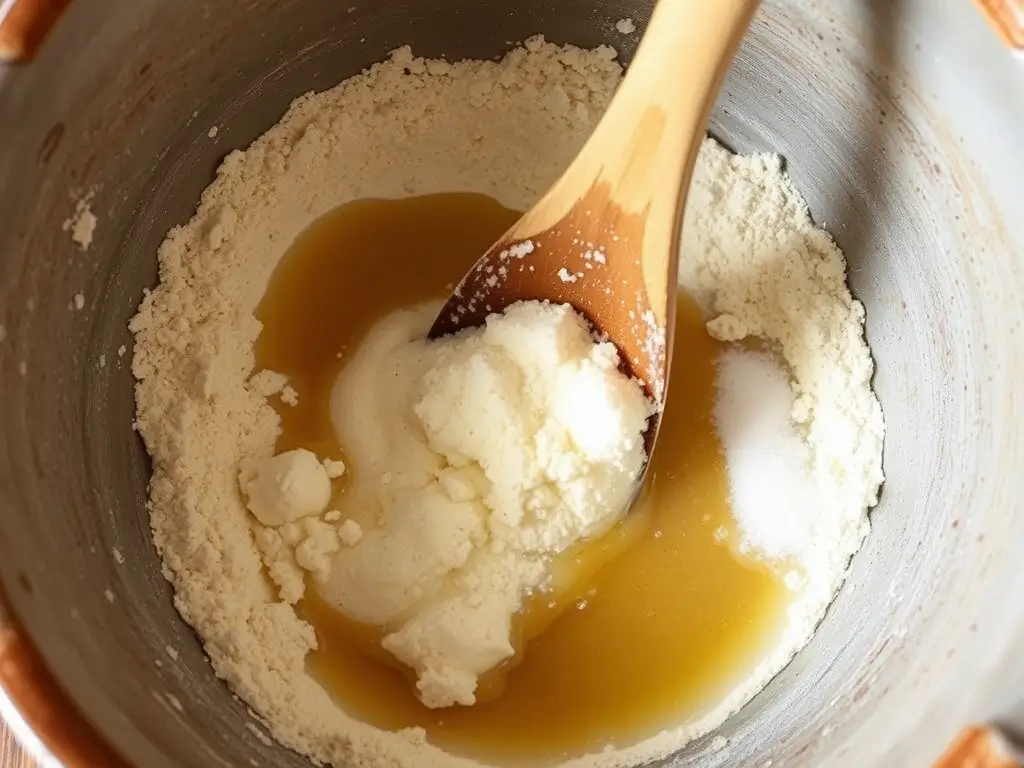
2. Bulk Fermentation ⏰
Cover it up and let it rise for 8–10 hours. Just wait until it looks like it had a glow-up—think 50% more volume with those bubbly jiggles. 😍
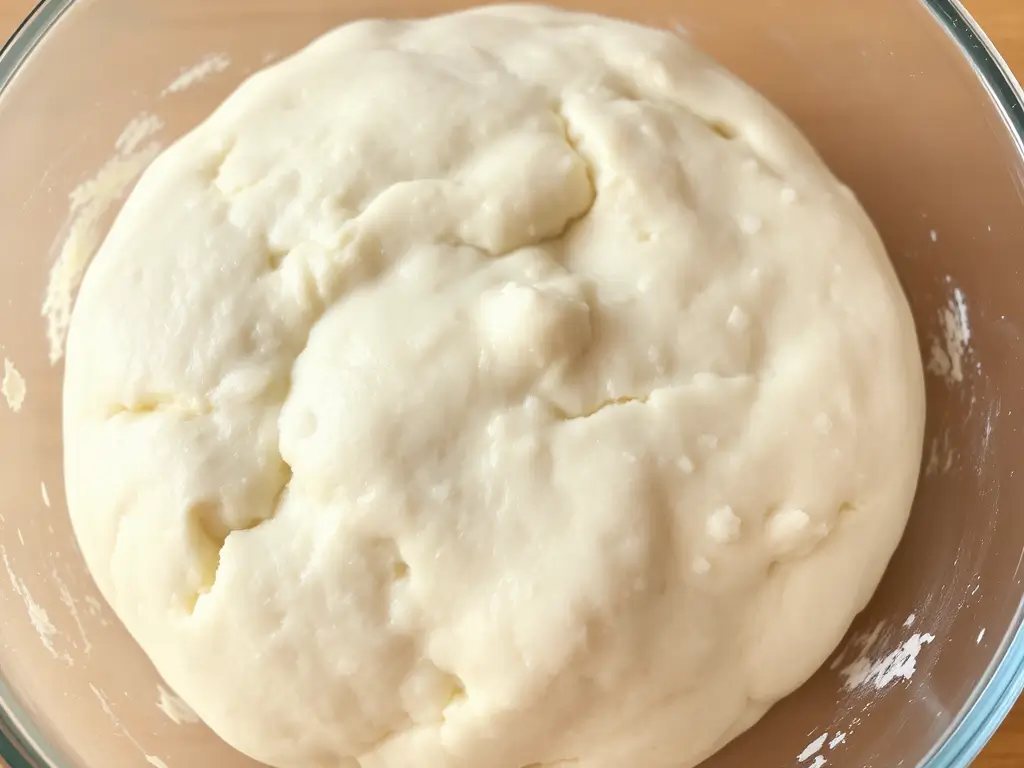
3. Shape and Chill 🌬️
Gently shape it, let it rest for another 30 minutes, and then shape it again. Tuck it into a floured bowl for a cozy nap in the fridge (1 to 48 hours). It’s gotta dream too! 💥
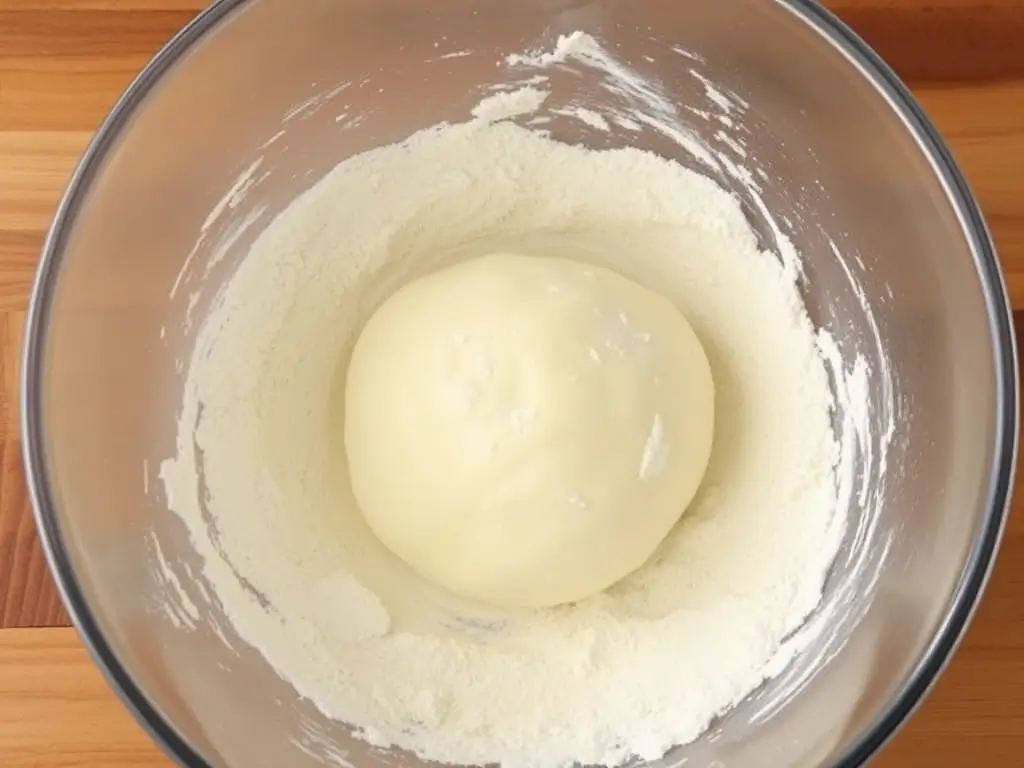
4. Bake to Perfection 🌞
Preheat your oven along with your Dutch oven to a sizzling 550°F. Flip the dough onto parchment, score it like a pro (time to get artistic 🎨), and bake it at 450°F for 30 minutes covered. Remove the lid, drop the temperature to 400°F, and bake for another 10-15 minutes until it’s golden and glorious.
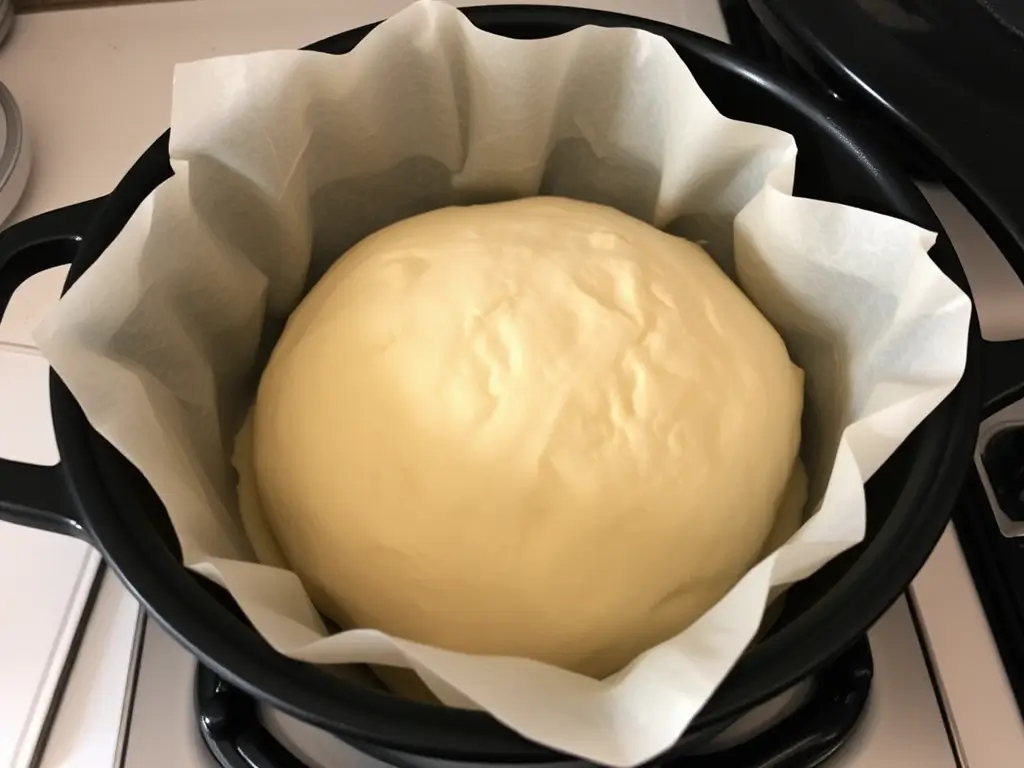
5. Cool and Enjoy ☕
Last but not least—cool completely before slicing! I know, waiting is tough, but you can do it! 😅 This bread stays fresh for 3 days or can freeze like a champ!
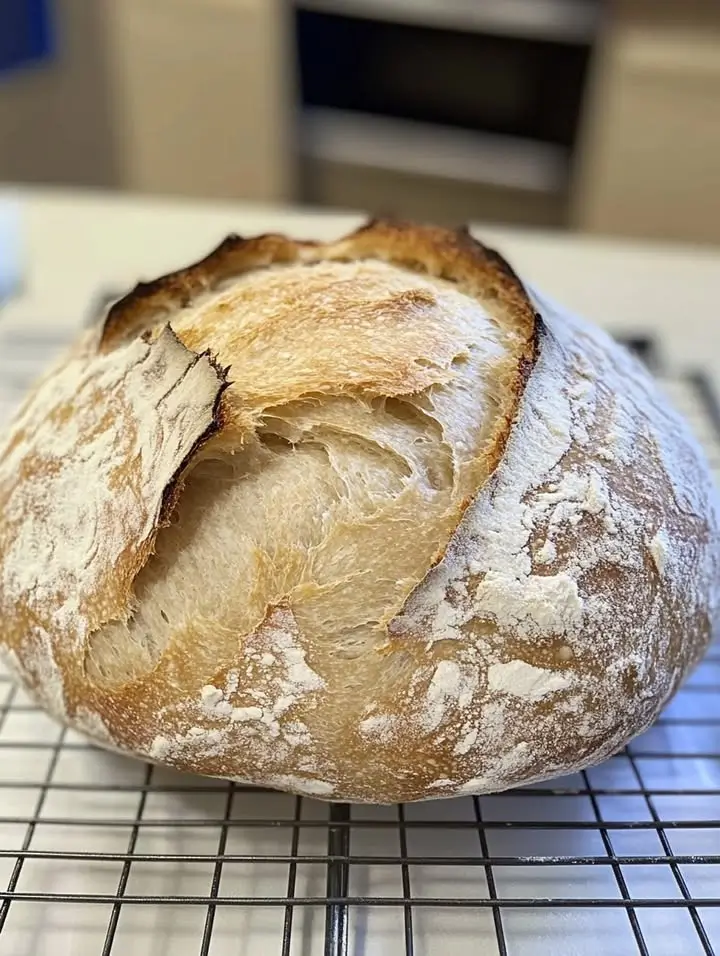
🌍 Discover the Secrets to Make a Best Homemade Sourdough Bread Recipe
Unlock the joy of baking sourdough that’s rich in flavor, crusty on the outside, and soft on the inside with simple tools and heartfelt steps.
1. Choose the Right Starter Sourdough Bread
Your starter is the soul of your sourdough. It should be bubbly, fragrant, and full of life. A neglected starter won’t give your loaf that signature rise and flavor. Feed it regularly, and give it love. Trust me, the difference is night and day. Whether you’re making traditional bread or exploring gluten free sourdough bread, a healthy starter is non-negotiable. A strong starter sets you up for a lofty rise and deep, complex flavor. And let’s not forget—your starter also opens the door to fun offshoots like sourdough banana bread and sourdough discard sandwich bread. From rustic loaves to a sourdough sandwich bread recipe, it all starts here.
2. Water Temperature Matters
This detail is easy to overlook but so powerful. Lukewarm water—about 80°F—keeps your starter happy. Too cold and the yeast takes a nap. Too hot and you could kill it. The right water temp helps build a beautifully airy crumb, especially in recipes like sourdough sandwich bread recipe. Plus, consistent water temp is crucial when baking whole wheat sourdough bread, where fermentation can be trickier. Remember, even subtle changes in temperature affect how your sourdough develops.
3. Don’t Overwork the Dough to make a good Sourdough Bread
Sourdough is all about subtle strength. While traditional doughs thrive on kneading, sourdough prefers a gentle touch. Instead of overmixing, which can tear delicate gluten strands and make the texture gummy, opt for stretch-and-fold techniques throughout the bulk fermentation. This builds strength while keeping the dough elastic and light. Whether you’re working on a sourdough sandwich bread recipe, experimenting with sourdough discard banana bread, or dreaming of your own chocolate sourdough bread, proper handling is key. Plus, you’ll retain more of the lovely air pockets that make each slice so satisfying.
4. Let It Rise Overnight
Time is your friend with sourdough. Long, slow fermentation in the fridge overnight enhances flavor, texture, and digestibility. This is where sourdough really shines, giving depth and subtle tang. It also contributes to lower glycemic impact and may reduce gluten content, which is why people often ask, “is sourdough bread gluten free?” or “does sourdough bread have gluten?” While sourdough isn’t 100% gluten-free unless made with alternative flours, fermentation helps break down gluten proteins. This slow process also boosts the flavor and supports great oven spring. It’s the secret behind the sourdough magic.
5. Use the Right Bakeware
The baking vessel you choose has a massive effect on the final crust and texture. For best results, a Dutch oven mimics the environment of a professional bread oven, trapping steam and allowing for maximum oven spring. No Dutch oven? A heavy cast iron skillet and a tray of boiling water work too. This method works beautifully for all types, whether it’s a rustic country loaf or a sandwich-style sourdough discard sandwich bread.
6. Try Flavor Add-Ins to make a unique Sourdough Bread
Sourdough doesn’t have to be plain. You can bring your creativity to life with all kinds of flavor add-ins. From herbs and seeds to olives and dried fruit—even sweet swirls like cinnamon or cocoa. Want something cozy and indulgent? Try with fruit-filled versions like sourdough banana bread. These variations work for both daily loaves and special treats. Using flavorful flours like rye or whole wheat in a whole wheat bread base adds even more character. Let your sourdough be your canvas.
7. Weigh Your Ingredients
Precision is everything in sourdough baking. Measuring ingredients by weight instead of volume ensures consistency and the perfect hydration balance. A digital scale helps avoid issues like a dry crumb or dense structure. Especially when adjusting hydration for variations like sourdough discard sandwich bread, accuracy matters. The right balance of water, flour, and starter will help you hit your target for texture, rise, and crumb. And understanding sourdough bread nutrition facts becomes easier when you know exactly what went into your dough.
8. Explore Discard Recipes
Don’t toss that extra starter! Sourdough discard opens the door to delicious bonus bakes. Whether you’re craving sweet or savory, it’s your secret weapon. Try moist sourdough banana bread, fluffy sourdough discard sandwich bread, or indulgent sourdough discard banana bread muffins. These recipes help reduce waste and expand your baking skills. Discard works well in everything from pancakes to crackers. It’s also great for practicing fermentation without wasting fresh starter.
9. Consider Gluten-Free Options
Yes, you can make gluten free bread! With the right flours like brown rice, sorghum, or buckwheat, and a gluten-free starter, delicious allergy-friendly bread is possible. While the texture differs from traditional sourdough, you can still achieve a moist, flavorful crumb. If you or someone you love is gluten-sensitive, exploring these recipes is empowering and rewarding. You can even experiment with hybrids using both gluten-free and regular flours to ease the transition.
10. Conclusion: Bake with Heart
Every sourdough loaf tells a story. From your first bubbly starter to your final slice, the journey is full of learning, laughter, and delicious rewards. Whether you’re making sourdough sandwich bread recipe, counting sourdough bread calories, or mastering how to store sourdough bread to keep it fresh, remember: each loaf is an act of love. Keep exploring flavors, testing techniques, and embracing imperfections. Baking is about connection—to the earth, to your hands, and to those you share your bread with. So keep baking, keep sharing, and above all, bake with heart.
For more recipes, check out our Sourdough English Muffins or Delicious Sourdough Discard Sandwich Bread !
If you enjoyed this recipe, we’d love to hear from you! Feel free to send us your thoughts or any questions you may have by visiting our Contact Us page

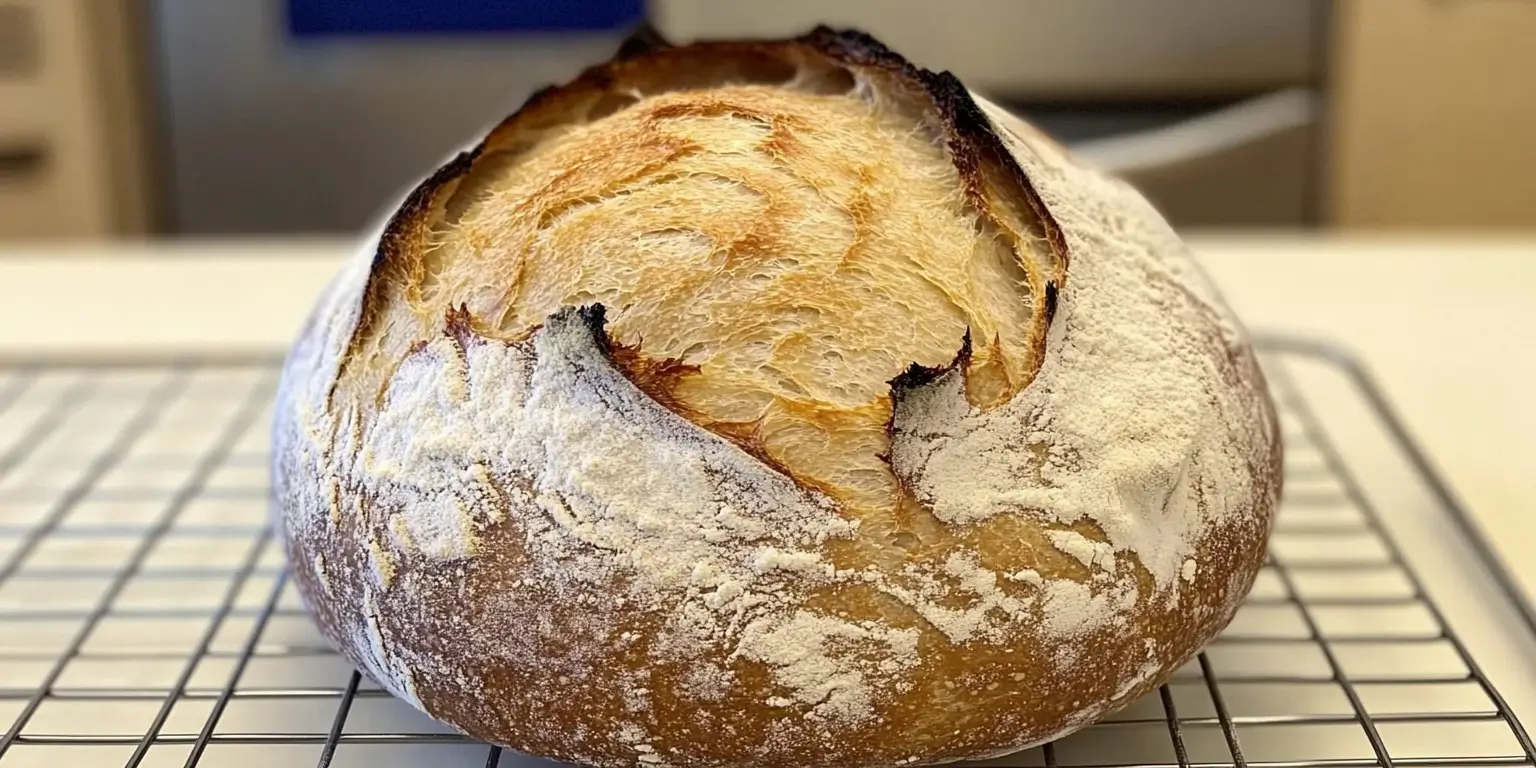
4 thoughts on “The Best Sourdough Bread Recipe – Crispy Crust, Soft Inside”